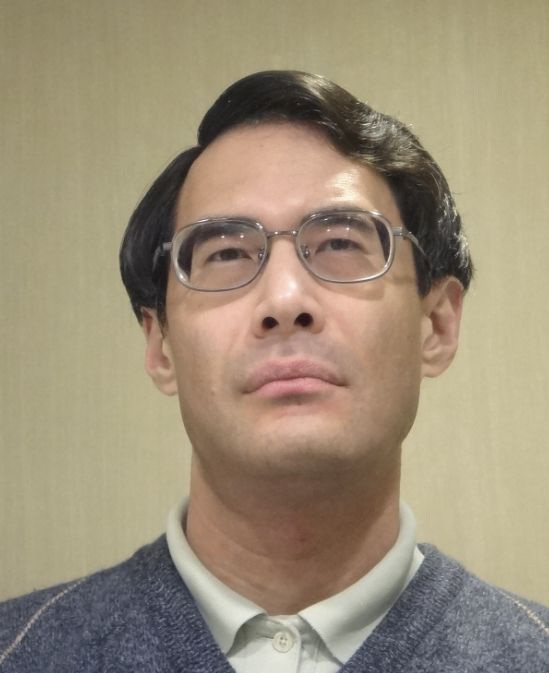
Shinichi Mochizuki
Since claiming to solve a 27-year-old mathematical conundrum, Kyoto University professor Shinichi Mochizuki has let his papers do the talking.
The four papers he uploaded to the Internet on Aug. 29 amount to what he says is a 500-page proof of the “abc conjecture,” which describes a relationship between whole numbers. However, in the several weeks since the upload, he has declined to talk publicly about them.
Mochizuki has pedigree on his side. He is highly regarded in his field with many other proofs under his belt, albeit none as complex as this one.
He is also not the first to put forward a proof of the theory. French Mathematician Lucien Szpiro suggested one in 2007, only to have it rejected soon after.
Szpiro’s own conjecture is equivalent to the abc conjecture, and is one of a number of theorems and conjectures that would be confirmed if Mochizuki’s proof is correct.
These are based on three-variable Diophantine equations, which are equations involving whole numbers, in the form “a + b = c.”
The abc conjecture was put forward in 1985 by Joseph Oesterle and David Masser. In practice, it involves pairs of numbers, a and b, that have no common factors.
It also uses the square-free part of numbers, expressed as sqp(n) and equal to the product of all the different prime numbers that divide into that number. So for 24 the sqp is 2x3=6, and for 25 it is 5.
Masser proved that there was no limit to how small the value of sqp(abc)/c could be. The abc conjecture is that this is not true for sqp(abc)n/c where n is greater than one.
So far, mathematicians have had to solve these types of questions individually, but the abc conjecture has been put forward as the key to a general theory of such equations.
For example, if proven, it would mean that solving Fermat’s last theorem, which puzzled the world’s mathematicians for more than 350 years, would require just a few simple calculations.
The ingredients to the conjecture itself are relatively simple math ― multiplication and addition ― but proving it has involved much more complicated processes.
In fact, Mochizuki’s proof involves entirely new techniques and ideas, and mathematicians say they don’t immediately understand how the proof might work.
Mochizuki took four years to come up with his proof for the conjecture, but it may be some time before anyone can work out if he is right.
By Paul Kerry (paulkerry@heraldcorp.com)


![[Herald Interview] 'Amid aging population, Korea to invite more young professionals from overseas'](http://res.heraldm.com/phpwas/restmb_idxmake.php?idx=645&simg=/content/image/2024/04/24/20240424050844_0.jpg&u=20240424200058)



